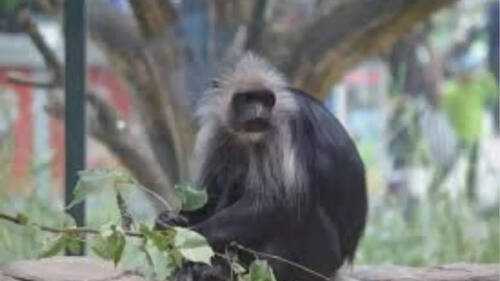
Kenya is a breathtaking haven for wildlife lovers, with some of the most diverse wildlife in all its national parks and reserves. Whether one imagines vast savannas or moist wetlands, this country has the landscape for all kinds of ecosystems. From sighting creatures in their natural habitats to more general appreciations of the country's landscapes, the experience of wildlife in Kenya really cannot be rivaled. What is special in the combination of animals, behaviors, and the kinds of environments these creatures inhabit sets Kenya at a forefront position regarding a visitation to see natural wonder. Within this article, we will be focusing on the top 7 of the most incredible creatures found in Kenya.
7 incredible animals seen in Kenya
Giraffe
The giraffe is among Kenya's most iconic and interesting animals. Due to their extremely long necks and height, they are the tallest land mammals, with some attaining up to 18 feet tall. They are found grazing in savannas, open woodlands, and grasslands, where acacia leaves constitute the major diet, using long tongues to access high branches. Giraffes are important parts of the ecosystem since they modify the vegetation around them and, thus, supply large predators with prey. Yet, giraffe populations have greatly dwindled due to habitat loss and poaching. These gentle creatures continue to face protection efforts with Kenya being the core hub.
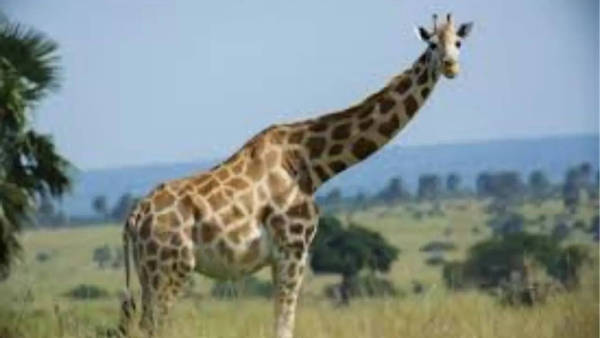 Hippopotamus
Hippopotamus
Another interesting creature of Kenya associated with rivers and lakes of the country is a hippopotamus. Hippos are heavy, mostly herbivorous mammals, which spend much of the day floating in the water to cool themselves. Indeed, some hippos weigh up to 4,000 pounds. Despite a seemingly peaceful nature, hippos tend to be very territorial and may become aggressive when threatened. Kenya's rivers, like in the Maasai Mara and Amboseli National Park, create an excellent habitat for hippos to feed on grasses near the water's edge at night, but like many species, the hippopotamus is under threat from habitat loss and human-wildlife conflict. Its conservation efforts are essential for maintaining its population.
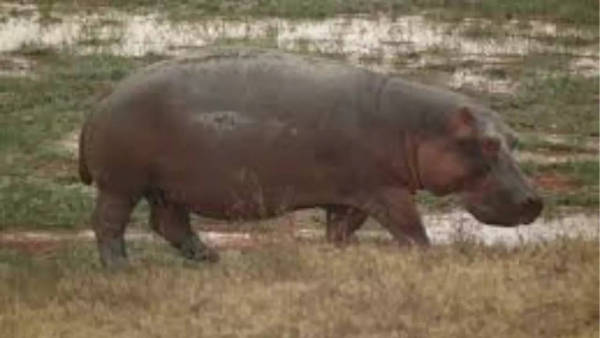 Wildebeest
Wildebeest
The wildebeest, also referred to as the gnu, is one of Kenya's most iconic animals, especially famous for its role in the Great Migration. These herbivorous mammals are found in the vast savannas of Kenya, where they travel in massive herds, often accompanied by zebras and gazelles. The wildebeest is characterized by its distinctive appearance, with a muscular body, broad shoulders, and a face resembling that of an ox. Every year, millions of wildebeest cross the Serengeti and Maasai Mara in search of fresh grazing grounds, making this one of the most spectacular wildlife events on the planet. The dramatic journey is caused by seasonal rains and is essential for their survival. But the wildebeests face threats from predators, droughts, and habitat loss.
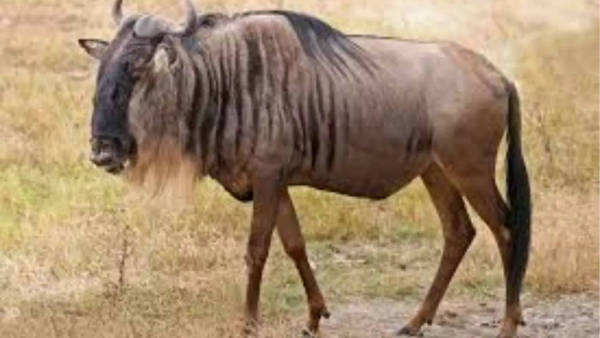 Zebra
Zebra
The zebra is another very iconic animal found in Kenya, easily identified by its black-and-white striped coat. These herbivores are closely related to horses and are usually found grazing in Kenya's grasslands and savannas, where they live in herds. Zebras are social animals, often seen in groups that provide protection against predators. Their stripes are believed to serve several purposes, including camouflage, temperature regulation, and protection from biting insects. In Kenya, zebras share their habitat with wildebeests and gazelles, and their migrations are part of the Great Migration. Although they are very adaptable, zebras are still threatened by habitat loss and poaching. Conservation efforts are ongoing to ensure that their populations remain stable in the wild.
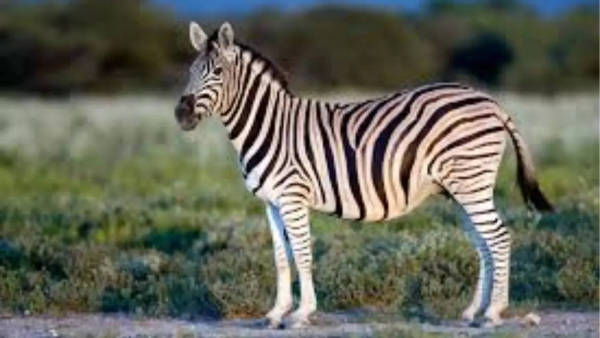 Nile crocodile
Nile crocodile
One of the largest and fiercest predators found in rivers, lakes, and wetlands all over Kenya is the Nile crocodile. Characterized by having large powerful jaws, a sneaky attack on unsuspecting animals, this large reptile grows to be as long as 20 feet long and weighing up to over 1,500 pounds. It's considered one of the most fierce animals due to the consumption of any other type of fish, bird, and mammal coming into contact with its watery world. The Nile crocodile is a patient hunter, lying motionless in the water for hours, waiting for the perfect moment to strike. Although they are dangerous, they play an essential role in maintaining the balance of their ecosystem. Despite their strength and adaptability, Nile crocodiles are threatened by habitat loss and illegal hunting. Conservation efforts in Kenya focus on preserving their natural habitats and ensuring their survival.
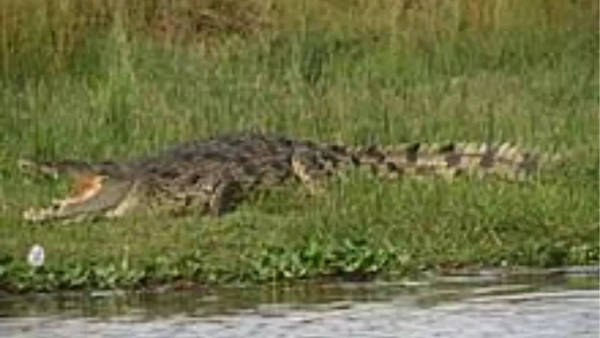 Lion
Lion
The lion is one of the most iconic and revered animals in Kenya, often referred to as the "king of the jungle." Lions are apex predators, living in social groups known as prides. In Kenya, they are primarily found in national parks like the Maasai Mara and Amboseli, where they roam the savannas and grasslands. Lions are a symbol of hunting and play a crucial role in maintaining the balance of other animals' populations in the ecosystem. Unfortunately, lions are facing numerous threats such as habitat loss, human-wildlife conflict, and poaching. Since the populations are declining, conservation efforts in Kenya are crucial to protect these magnificent creatures and their natural habitats. Lions are strength and grace symbolized animals; therefore, they still remain a popular attraction for any wildlife enthusiast or tourist.
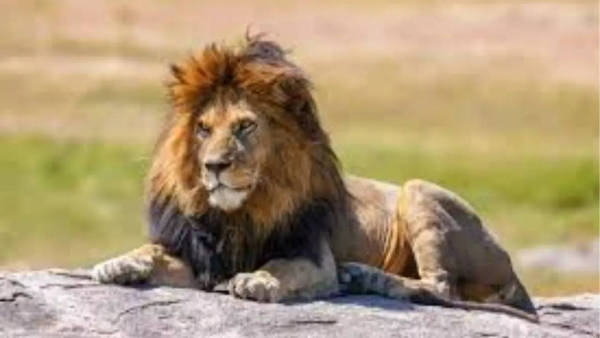 Kikuyu colobus monkey
Kikuyu colobus monkey
The Kikuyu colobus monkey is a subspecies of the mantled guereza, a striking black and white primate endemic to Kenya. These arboreal creatures are renowned for their dramatic appearance: long, silky black fur, a distinctive white "cape" extending from their shoulders, and a flowing white tail tuft. They primarily inhabit the treetops, where they feed on leaves, fruits, and flowers. Listed presently as "least concern" under the IUCN, still, the dangers of survival, in Kenya lie in habitat destruction through deforestation, and hunting.
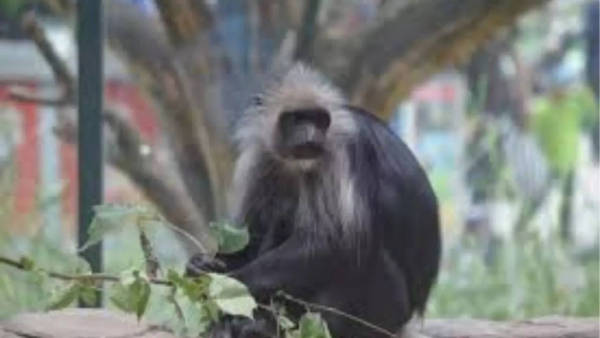 Also Read:
Why is your cat sticking its tongue out? Here’s what it could mean
Also Read:
Why is your cat sticking its tongue out? Here’s what it could mean
 Kenya is a breathtaking haven for wildlife lovers, with some of the most diverse wildlife in all its national parks and reserves. Whether one imagines vast savannas or moist wetlands, this country has the landscape for all kinds of ecosystems. From sighting creatures in their natural habitats to more general appreciations of the country's landscapes, the experience of wildlife in Kenya really cannot be rivaled. What is special in the combination of animals, behaviors, and the kinds of environments these creatures inhabit sets Kenya at a forefront position regarding a visitation to see natural wonder. Within this article, we will be focusing on the top 7 of the most incredible creatures found in Kenya.
Kenya is a breathtaking haven for wildlife lovers, with some of the most diverse wildlife in all its national parks and reserves. Whether one imagines vast savannas or moist wetlands, this country has the landscape for all kinds of ecosystems. From sighting creatures in their natural habitats to more general appreciations of the country's landscapes, the experience of wildlife in Kenya really cannot be rivaled. What is special in the combination of animals, behaviors, and the kinds of environments these creatures inhabit sets Kenya at a forefront position regarding a visitation to see natural wonder. Within this article, we will be focusing on the top 7 of the most incredible creatures found in Kenya.






